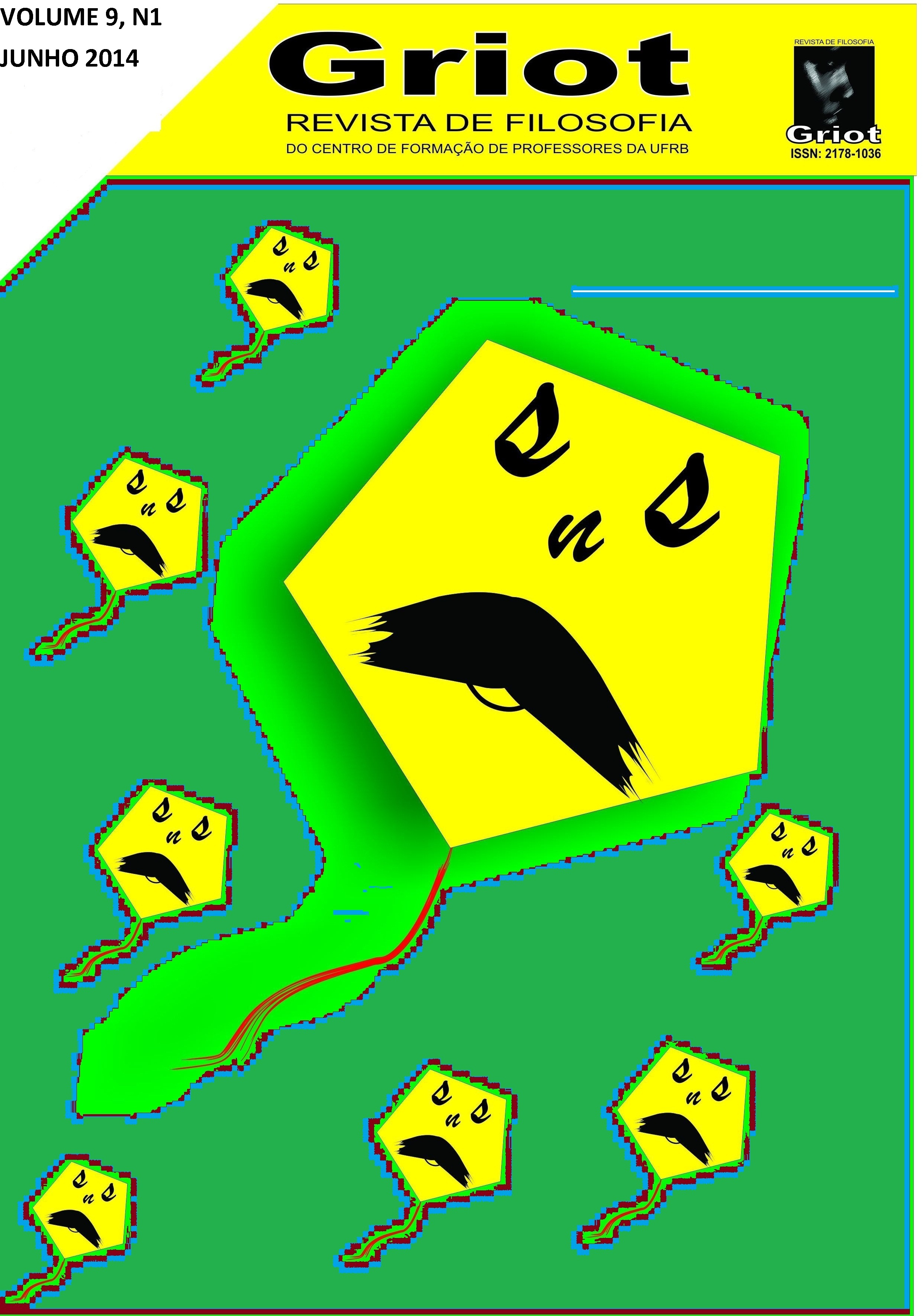Temporal experience in Schoenberg’s musical expressionism according to Adorno
DOI:
https://doi.org/10.31977/grirfi.v9i1.600Keywords:
Expressionist music; Temporality; Thematic work; HarmonyAbstract
This article aims to sustain that Adorno’s diagnostic of the desertion of qualitative temporal experience in Schoenberg’s expressionism can be unfolded through the mobilization of two concepts of musicology: thematic work and tonal harmony. Both concepts are associated to compositive procedures due to which music previous to expressionism attained a temporal continuity that obeyed a necessity, namely, that was not contingent or fortuitous. Therefore, the dissolution of temporal continuity in Schoenberg’s expressionist work is a result of the refusal of these procedures.
Downloads
References
ADORNO, Theodor; HORKHEIMER, Max. Dialética do esclarecimento. Trad. Guido Antônio de Almeida. Rio de Janeiro: Jorge Zahar Editor, 1985.
ADORNO, Theodor. Obra Completa. v. 16: Escritos musicales I – III. Madrid: Akal, 2006.
ADORNO, Theodor. Ensayo sobre Wagner. In: Obra Completa. v. 13: Monografias musicales. Madrid: Akal, 2008.
ADORNO, Theodor. Obra Completa. v. 12: Filosofia de na nueva música. Madrid: Akal, 2009a.
ADORNO, Theodor. Sobre el carácter fetichista de la música y la regresión de la escucha. In: Obra Completa v. 14: Disonancias / Introducción a la sociología de la música. Madrid: Akal, 2009b.
DAHLHAUS, Carl. Para a fenomenologia da música. In: Estética musical. Trad. Artur Morão. Lisboa: Edições 70, 2003.
HANSLICK, Eduard. Do belo musical. Um contributo para a revisão da estética da arte dos sons. Covilhã: Lusofonia, 2011.
MENEZES, Flo. Apoteose de Schoenberg. Cotia: Ateliê Editorial, 2002.
STUCKENSCHMIDT, Hans Heinz. Arnold Schoenberg. Trad. Hans Hildenbrand. Fayard, 1993.
Downloads
Published
How to Cite
Issue
Section
License
The authors who publish in Griot: Revista de Filosofia maintain the copyright and grant the magazine the right of first publication, with the work simultaneously licensed under the Creative Commons Attribution 4.0 International License, allowing sharing and adaptation, even for commercial purposes, with due recognition of authorship and initial publication in this journal. Read more...









































































